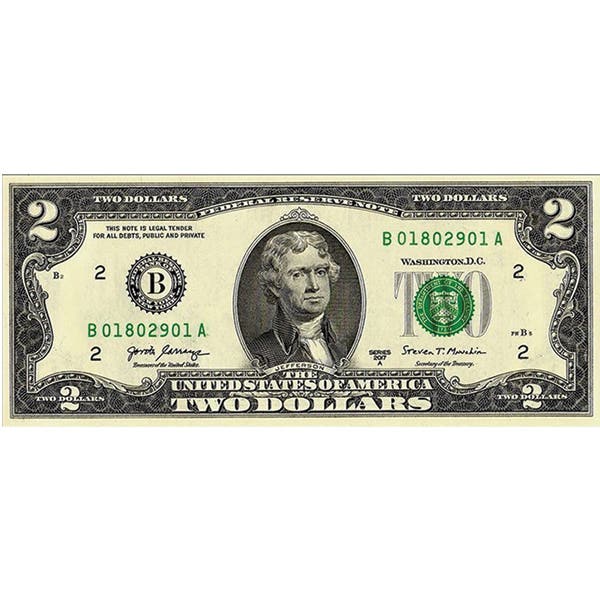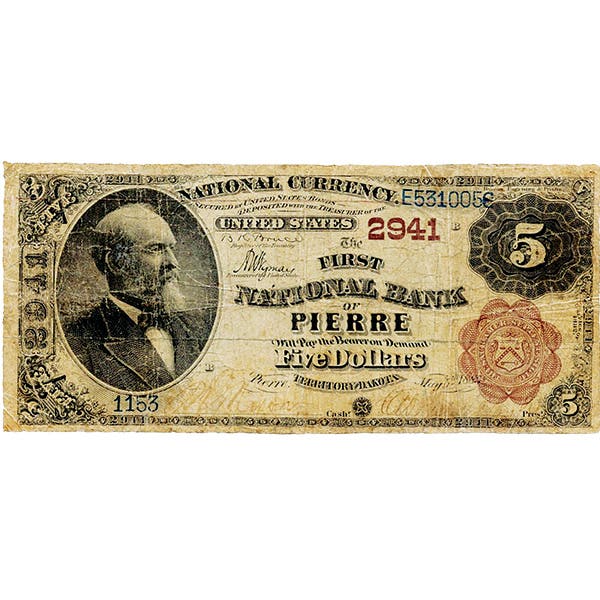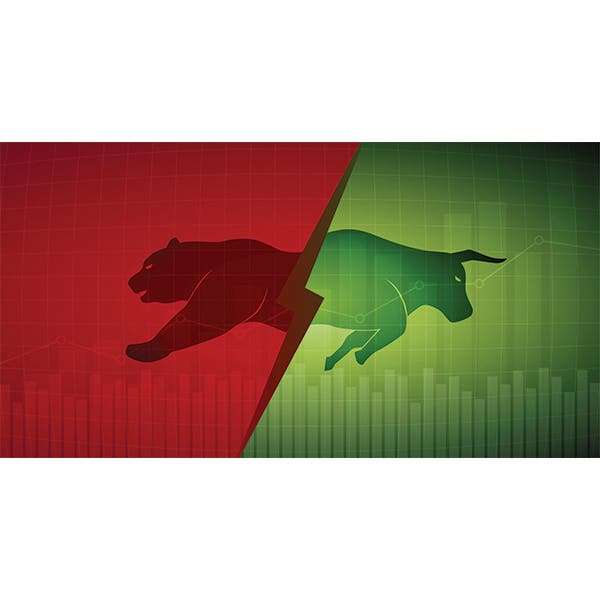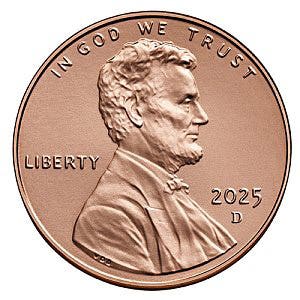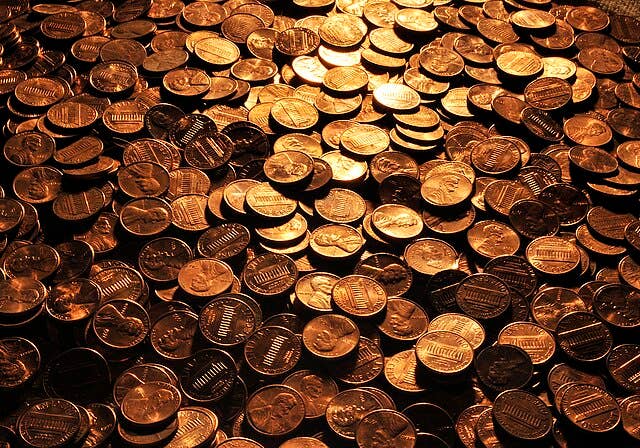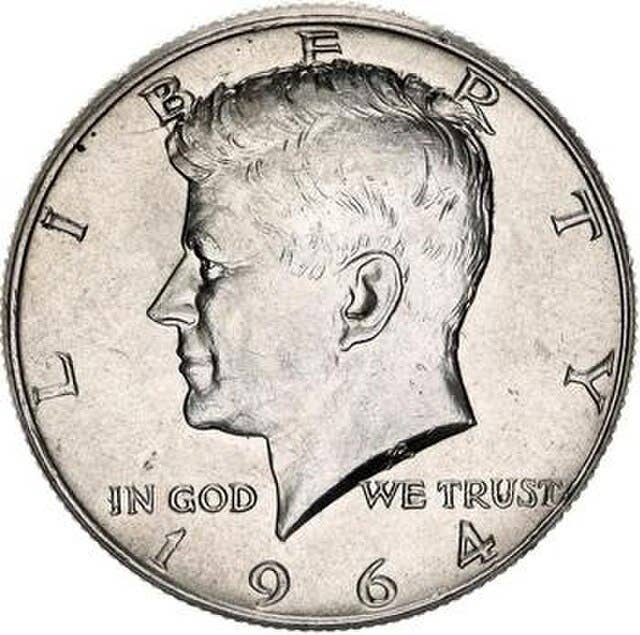What Is It Worth?
One of the most common questions that a coin dealer hears is, “How much is my coin or bank note worth?” In asking that question, that person is hoping to…
One of the most common questions that a coin dealer hears is, “How much is my coin or bank note worth?”
In asking that question, that person is hoping to get a single specific dollar amount. To them it might seem straightforward. But, it’s not quite that simple.
When interviewing potential student employees at my company over the decades, one of the questions I liked to ask was “What is something worth?’ Almost always that question would startle the job candidate. Only once did I hear the correct answer, which is, “What someone else is willing to pay for it.”
Although transactions are conducted at specific objective prices, the concept of worth is subjective. The box of world coins that my grandfather gave to me decades ago may have minimal cash value. However, to me they are priceless because the holders have his handwriting on them. The subjective value I place on those coins is much higher than what anyone else would value them.
Now back to hearing the question about what a coin or bank note may be worth. Even though the desired answer might be for a specific price, there are a number of different prices that might apply – depending on what kind of information the person seeks.
When I hear that kind of question, I try to quickly clarify by asking first if they want to know the amount that my company would offer to purchase the item from them. Almost all the time, that is the price that will satisfy the questioner. But, if it isn’t, they can then identify which kind of cash value they want to learn.
In the precious metals, coins and currency milieu, there are several possible value standards, almost all of which would be different for any specific item. For example, with a random item, how much would a dealer offer the public for it, how much would a dealer offer another dealer for the same item, how much would a dealer have to pay another dealer to acquire a matching piece, or how much would the dealer charge a retail customer for it.
There are even other definitions of value. For example, when preparing an appraisal for possible insurance coverage, the standard value is current replacement cost. This standard does not mean the current retail or wholesale price as of the exact moment the appraisal is performed. Instead, this value needs to be high enough so that, as the price fluctuates over the term of the insurance coverage, it will be sufficient to enable replacement with an identical or comparable item. In many instances, a current replacement value might be around 20-30 percent higher than the current retail selling price on the appraisal date. Insurance companies do not mind higher appraisal values as they can charge a higher premium on the basis of a higher valuation.
Today, the numismatic market is facing real challenges on what something might be worth.
Under lock-downs related to the COVID-19 pandemic, coin shows almost disappeared. They are starting to resume operation in recent months. As this occurred, many collectors were receiving government funds in excess of what they needed to cover their expenses. As a consequence, there has been an increase in demand for numismatic products (and other items) over the past year even as supplies coming onto the market slowed down.
In such a market, retail and wholesale price guides might be of little value.
For a simple example, consider the common-date 1881-S Morgan silver dollar in Choice Mint State-63 quality. The retail guides vary. The 2022 edition of A Guide Book Of United States Coins lists this piece at $60, as does Coin Values. PCGS Retail lists this coin at $100, while CPG® Price Guide Values is at $94. Since late March, buyers of this coin in major auctions have paid anywhere from $65 to $170. On Collector’s Corner there is a single PCGS-certified specimen offered for retail sale at $63, while the next lowest offered retail price is $80.
In wholesale price guidance, the June issue of the Greysheet indicates a dealer sight-seen bid for certified or uncertified coins of $60 while it also shows a Bluesheet (meaning sight-unseen coins certified by either PCGS or NGC) of $58. Yet if you look today on the dealer Certified Coin Exchange, the high sight-unseen bid for PCGS- or NGC-certified coins is $63 while the lowest wholesale sight-unseen ask prices are $90. As I was preparing this column, I checked the current ask prices from two active wholesalers for the 1881-S Morgan silver dollar in Choice Mint State-63 condition. One was asking $75 while the other was quoting $83.
Given all these varying prices, how could a collector figure out what would be a reasonable price to buy or sell a nice specimen?
To go to the other extreme of rarity, consider the 1933 $20 Saint-Gaudens double eagle that the purchaser in the June 8, 2021, Sotheby’s auction paid $18.9 million to acquire. The auction company had estimated it would sell for $10-15 million. The seller of this coin purchased it in a July 30, 2002, Sotheby’s auction in conjunction with Stack’s Bowers for $7.59 million. So, what would this coin be worth right now if the current owner were to offer it for sale, or if at least one more specimen appeared on the market?
In the current numismatic market, determining what is “it” worth is more challenging than it has been in a long time.
Patrick A. Heller was honored as a 2019 FUN Numismatic Ambassador. He is also the recipient of the American Numismatic Association 2018 Glenn Smedley Memorial Service Award, 2017 Exemplary Service Award, 2012 Harry Forman National Dealer of the Year Award and 2008 Presidential Award. Over the years, he has also been honored by the Numismatic Literary Guild (including twice in 2020), Professional Numismatists Guild, Industry Council for Tangible Assets and the Michigan State Numismatic Society. He is the communications officer of Liberty Coin Service in Lansing, Mich., and writes Liberty’s Outlook, a monthly newsletter on rare coins and precious metals subjects. Past newsletter issues can be viewed at www.libertycoinservice.com. Some of his radio commentaries titled “Things You ‘Know’ That Just Aren’t So, And Important News You Need To Know” can be heard at 8:45 a.m. Wednesday and Friday mornings on 1320-AM WILS in Lansing (which streams live and becomes part of the audio archives posted at www.1320wils.com).




